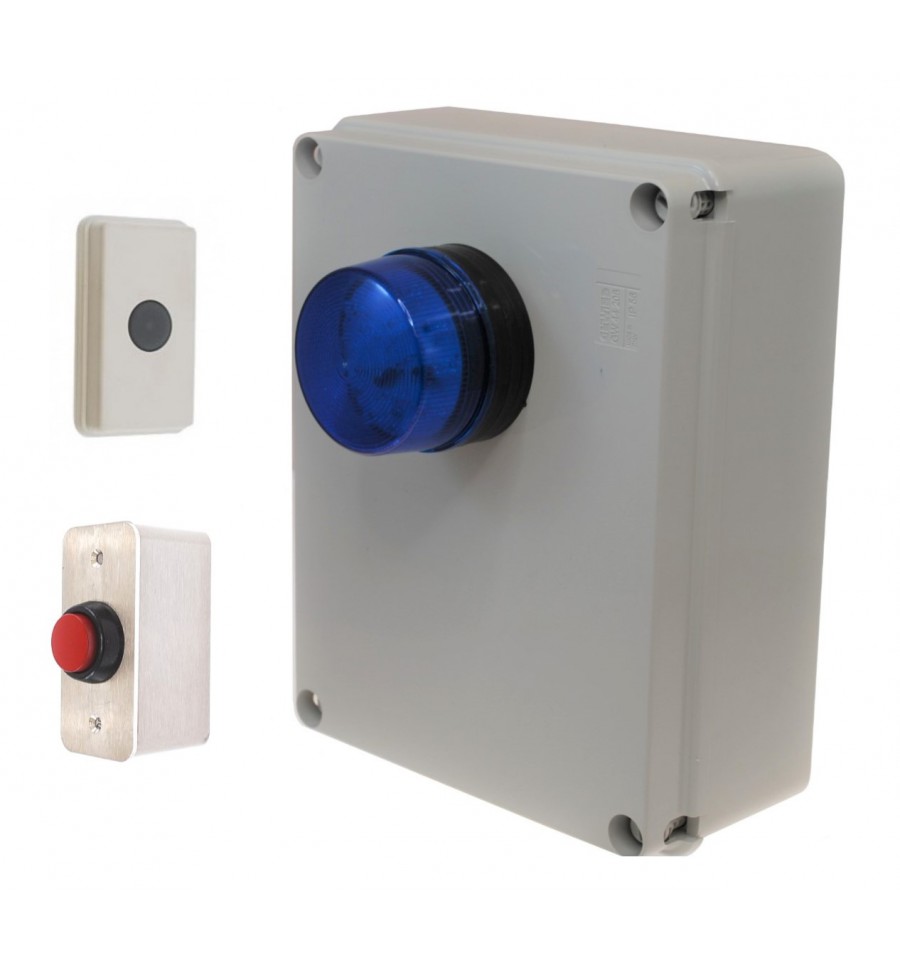

In effect, this approach takes the synchronizing set of a token to consist of all other tokens. If a terminal on top of the stack cannot be matched, a simple idea is to pop the terminal, issue a message saying that the terminal was inserted, and continue parsing. This approach reduces the number of nonterminals that have to be considered during error recovery. Doing so may postpone some error detection, but cannot cause an error to be missed. If a nonterminal can generate the empty string, then the production deriving \epsilon can be used as a default. If we add symbols in FIRST(A) to the synchronizing set for nonterminal A, then it may be possible to resume parsing according to A if a symbol in FIRST(A) appears in the input. For example, we might add keywords that begin statements to the synchronizing sets for the nonterminals generating expressions. We can add to the synchronizing set of a lower construct the symbols that begin higher constructs. Often, there is a hierarchical structure on constructs in a language e.g., expressions appear within statements, which appear within blocks, and so on. A missing semicolon after an assignment may therefore result in the keyword beginning the next statement being skipped. For example, if semicolons terminate statements, as in C, then keywords that begin statements may not appear in the FOLLOW set of the nonterminal generating expressions. It is not enough to use FOLLOW(A) as the synchronizing set for A. If we skip tokens until an element of FOLLOW(A) is seen and pop A from the stack, it is likely that parsing can continue.

The sets should be chosen so that the parser recovers quickly from errors that are likely to occur in practice.Īs a starting point, we can place all symbols in FOLLOW(A) into the synchronizing set for nonterminal A. Its effectiveness depends on the choice of synchronizing set. Panic-mode error recovery is based on the idea of skipping symbols on the the input until a token in a selected set of synchronizing tokens appears. But the example which they give later in the text illustrates only the points (1) and (5) of the heuristics. The text says about some heuristics which should be followed.

al where I came across the concept of Panic mode recovery in predictive parsing. USBMSC Identifier (non-unique): 00000000 0x5ac 0x8403 0x9833, 2īSD process name corresponding to current threat: initĭarwin Kernel Version 14.5.0: Wed Jul 29 02:26: root:xnu-2782.40.I was going through the text Compilers: Principles,Techniques and Tools by Ullman et. Panic(cpu 2 caller 0xffffff8000bcae5): "Process 1 exec of /sbin/launchd failed, err no Swap Subsystem is ONįireWire (OHCI) Lucent ID 5901 built-in now active, GUID c82a14fffe7bde94 max speed s800.įWOHCI : enableCycleSync - enabled count going negative?!? I even bought an extra SODIMM and took all other memory out of the machine and that did not solve it.Īny light that anyone can shed on this would be excellent! This looks like some hardware problem that is NOT a hard disk or memory, but what is it then?Īnd finally here is the text of the Safe Mode Kernel Panic: I have read that RAM that is wrongly seated, or has degraded, can cause this. What about diagnostic LEDs on the logicboard?
#Panic mode with safe receiver Bluetooth#
In light of that line I disconnected the Bluetooth card and that too made no difference. Kernel panic text appears above the grey screen, with the Apple and start of the start up progress bar still showing (full text of the kernel panic below) What happens when booting into Safe Mode? I have even tried this with no keyboard and mouse connected, and still the same. I am pretty sure drives are not causing this.Īll are disconnected. I also disconnected the internal hard disk altogether and this made no difference - still impossible to boot from any other device. What happens if booting from an external hard disk, or USB stick?Įxactly the same - bar advances, then screen goes grey. Screen flicks through black to all grey, and nothing further happens. Start up progress bar advances just over half.
#Panic mode with safe receiver mac#
I acquired this Mac second hand and am trying to repair it, and am faced with persistent kernel panics, but in circumstances that are not quite similar to other posts about the topic.


 0 kommentar(er)
0 kommentar(er)
